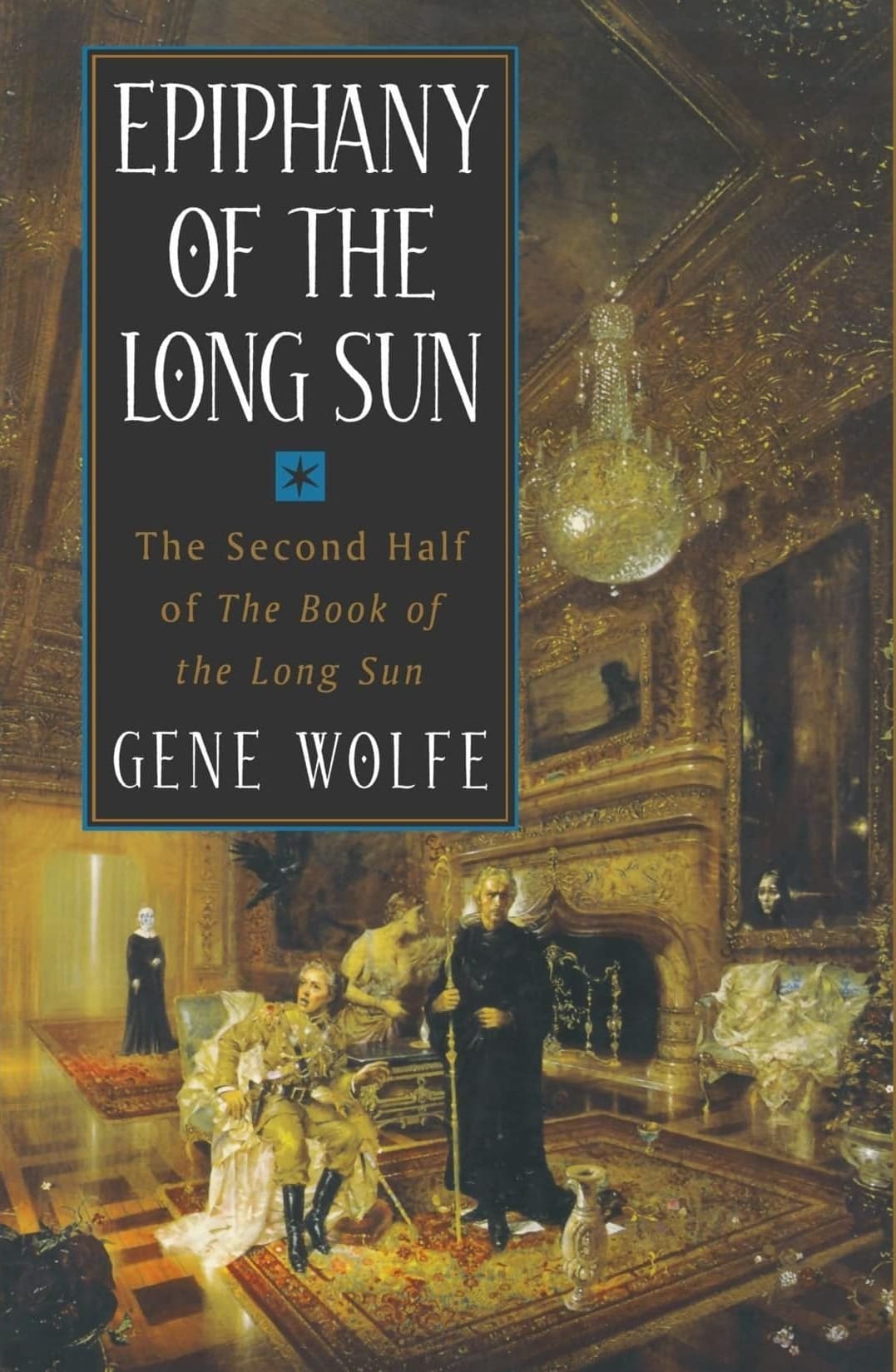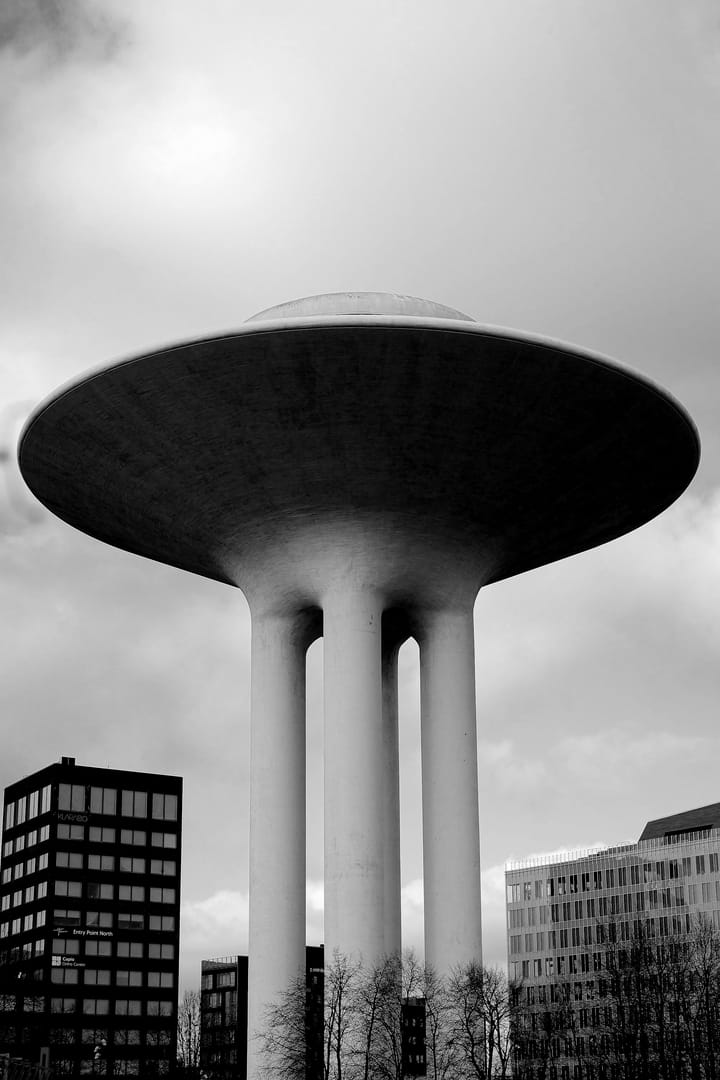week 35 / 2025: radio daze
Client work is keeping me busy this weekend, so perhaps you'd like to go listen to a recent podcast appearance?

“Leaves are falling all around / it’s time I was on my way / thanks to you, I’m much obliged for such a pleasant stay…”
I’ve been super-busy all of this weekend for various reasons, many of them work-related, which means no weeknotes preamble essay this week—apologies! But fear not: you can get an hour’s worth of my thinking on foresight and worldbuilding in a different way...
Around a month ago I sat down for a chat with Johan Lager of Point Design to record an episode for the Futures Sweden podcast. I’m going to break with habit and preference and put a Sp*tify embed here—but for those of you who, like me, would rather listen via another podcasting platform of preference, you can right-click-copy and dump this link into your app or RSS reader to subscribe to the show.
Translated from the Swedish, the episode summary says:
We talk about why storytelling is a powerful tool in foresight work, what the concept of world building means and how it can help us imagine more vibrant, relevant and actionable futures. Paul also shares insights into why dystopias can be both risky and useful, and what we can learn from classic storytellers like Tolkien as we build future stories.
The framing intro is in Swedish too, but don’t panic, the interview is all in English! (My Swedish is nowhere near good enough to talk about professional stuff, much as it shames me to admit it.)
Johan’s a lovely chap and a very generous interviewer, which is another way of saying he gave me enough rope. I don’t think I quite managed to hang myself with it...
reading
Assuming I keep up my recent pace, I’m probably one more evening away from finishing Gene Wolfe’s Book of the Long Sun, which has been on the decks for about three weeks now. I am much more confident in my earlier claim to its having much more comical content than the New Sun sequence, and some of the characters even have a hint of the Wodehouse about them, though the prose style rather obscures that comparison.
The tone has started to lurch a little from chapter to chapter in the final volume, but the chapter lengths have also been shrinking at the same time, so I suspect it’s a deliberate effect. Indeed, little about Wolfe’s writing seems left to chance, though it would take a braver critic than I to infer his intentions beyond the accepted generalities.

Various theories of art rotate around the central axiom that good art does not attempt to explain itself; Wolfe infodumps occasionally in these books, but it’s an expositional lifeline far more often than it’s a theological or philosophical aside stuffed into a character’s mouth, and while there are certainly moments where a certain scene or character explains itself, the bigger picture is left for you to piece together from scattered clues and scenery. (In the typically verbose Clute-authored encyclopedia entry linked above comes this nonetheless characteristic flash of concision: “Only the story speaks: Wolfe never does.”)
Apparently there’s whole subreddits devoted to unpicking these and other of his books, but I’m not much interested in them; the wonder of Wolfe is in the worldbuilding which, while often baroque (or even rococo) in its details, is nonetheless wide open for your own interpretation. Too wide open, perhaps, at least for some tastes; some readers bounce off him pretty hard. But easiness is overrated, if you ask me—and if you're reading this, well, I guess you did.
a clipping
One from the vaults this week. I’m not sure how it came up, to be honest; it must have been linked to in passing in something else that I read and forgot about? Doesn’t matter, really; this review-essay by one Geoffrey O’Brien dealt with the Tom Cruise vehicle and design-fiction touchstone Minority Report around the time of its release in 2002, and presents it in such a way that reminds me that I really should get around to watching that movie in full.
The brute fact of technological power is undermined by the queasy, spiraling what-ifs of a self-doubt so severe that it ends by doubting the world. The more material it gets, the more subtly decorporealized the whole enterprise becomes: a world of smeared light and oddly weightless transportation, hovering on the brink of realizing that it has become a mirror image of something that wasn’t there to begin with, a parody of its own advertising campaign. The hall of advertising holograms that Tom Cruise strolls through in Minority Report—each ad calling him by name as he comes near—is at once the triumph of product placement and a vision of a peculiarly painless hell.
The beauty of the form is precisely that it permits the contemplation of the direst possibilities under conditions of optimum lightheadedness. End of the world? Disappearance of the individual? Appropriation of memory itself by machines or by sinister corporate forces controlling the machines? The emptying out of whatever seemed real? All nothing more than the daydream of a summer afternoon, the soothing delight of a session at the multiplex, no more troubling than a dead king’s curse or a courtier’s revenge, especially if broken up with wisecracks and flights of humorous invention. (The futuristic product design with which the movie teems is the contemporary form of quibbling wit.)
(I’ve seen most of the highlights in clips pasted into various presentations over the years, but the full movie, never. This is because I find Tom Cruise actively unwatchable for the most part; it’s like having to look at a void where a character should be. However, I am given to understand that this is exactly why he’s so successful a leading man in a certain type of movie; apparently blockbuster audiences like that void to be there, so they can project themselves into it. Go figure.)
ticked off
- Twelve and a half hours on PROJECT FLATPACK. (This one is going a bit full-tilt right now, and is also the main reason I’ve neglected to write anything more substantial here this week.)
- Seven hours on PROJECT PORTON. (Still a bunch to be done on PORTON, but the road ahead is now pretty much mapped out and clear; just a case of driving it.)
- Seven hours of admyn. (Including rebooting the Malmö Futures Folk meet-ups after the summer. There is even—ugh, I know—a LinkedIn group for it now. We’re meeting on Wednesday morning, so if you’re in Malmö and want to drop by, let me know!)
- Three hours on PROJECT VIENNETTA. (Mostly doing page proofs on the forthcoming foresight cycle book from Media Evolution, which drops at the end of September.)
- Two hours on PROJECT HORNIMAN. (A rather poor showing on this writing project, and you’ll note zero time spent on PONTIF, either; time for long-form writing has been hard to find this week, and may remain so for the coming week, also.)
- An afternoon of kinmaking at a small conference uptown. (The wrap-up show for the most recent incarnation of the Digit Hub Sweden project up at MEC, basically; spent some time chatting with faces familiar and new.)
- Ten hours of undirected writing and reading, as always.
- Added a new codename to the roster, too: PROJECT LYNCH is a small artistic collaboration which will, perforce, have to happen pretty fast, as we want it done for Malmö Gallerihelg* at the end of the month.
OK, now I understand why I’m so tired today! But there’s more FLATPACK to do this afternoon… no rest for the wicked, wot?
(* Apologies in advance for the Gallerihelg website, for which I am in no way responsible. Not content with the last few years of ugly flat colours and B I G F O N T S, it seems that fashionable web-design has advanced to the ground-breaking assumption that a web-based visitor has no need of such stone-age affordances as a visible mouse pointer. Perhaps this is a last-gasp rebellion against the new laws on accessibility? Whatever the reason, it’s largely unusable, and I'm genuinely amazed that it survived whatever decision-making process led up to its going live.)
kinmaking
As already noted, I did an afternoon of mingle-type socialising up at MEC, and in so doing managed to open up potential routes forward for a couple of ideas I’ve been kicking around for a while.
Also had a good long chat with Glenn Lyons about his recent work on visioning for transport planning practitioners. It seems that, in the decade and a bit since I began my PhD on the topic, a slow normalisation of more qualitative and vision-led foresight is taking root in that field; I can claim zero credit for it, as my doctoral work largely sank without trace, but it’s still nice to know that I was at least facing in the right direction while I waded through wet concrete.
OK, that’s all for this week, and I need to get back to work. I hope all is well with you, wherever you may be.
This has been the Worldbuilding Agency weeknotes for Week 35 of 2025. Thanks for reading! If you've enjoyed them, it's free to subscribe. If you are already subscribed, please send to a friend who you think might also like it!





Comments ()